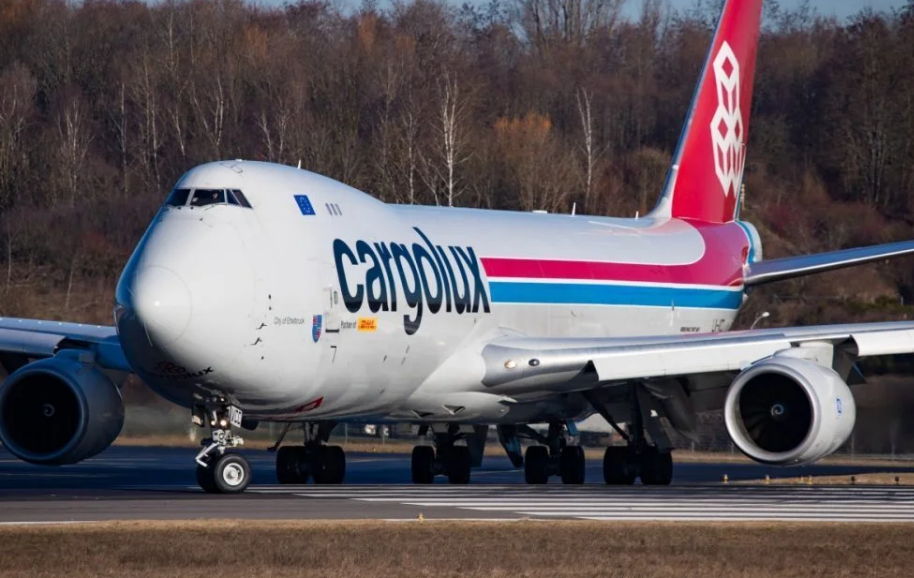How The Lifting Nose On A Boeing 747 Cargo Plane Works
The Boeing 747 freighter comes with a unique feature for cargo airlines. The front nose can lift to allow access to the cargo area onboard. Why is this an advantage for cargo carriers, and how does it work?
Why have a nose door?
There are several advantages to this design. The first is that the cargo loaded can be exceptionally long. A Boeing 747 can open its nose and load freight with a length of 185 feet (56.4 meters) without having to bend the cargo. On an Airbus A300 or Boeing 777, cargo cannot be too long; otherwise, it won’t be able to ‘bend’ around the door frame (as the shipment enters from a door located on the side of the plane).
The nose opening also allows wider pallets of cargo to be loaded. Specifically, the Boeing 747 can load freight as wide as 12.5 feet (3.8 meters) compared to an Airbus A300, which can only load pallets as wide as 11.75 feet (3.6 meters).
It is these two factors that make the Boeing 747 perfect for various mission profiles like transporting wings for aircraft, mining equipment and generators.
The nose cargo door is only available on specially designed Boeing 747 freighter variants and is not an included addition in any Boeing 747 freighter conversions. It is simply too expensive to add the option for freight airlines, and so far, none have selected the conversion option.
You can read about why the Boeing 747 freighter has anose door here (and why it has a hump!).

How does it work?
So how does this giant nose door work? This description will use a layman’s terminology, so apologize in advance if we use simplified engineering or avionics descriptions.
First, the operator for the door accesses the control panel located on the cargo deck on the left-hand side, not the cockpit.
When used, this control panel activates an electric generator located in the center of the nose cone that drives two flexible threaded shafts through a gearbox on either side. Imagine a long flexible screw slowly unwinding through the gearboxes pushing the nose outwards. The system is not hydraulic and uses just these threaded shafts to push the nose up. The nose is connected to the plane by two big hinges below each side of the cockpit.
The electric motor is rather small and light for the aircraft. As Boeing doesn’t want its clients to be waiting around for a small replacement generator if it breaks, two included rods can be inserted into the gearboxes to twist the doors into place. However, this is back-breaking work and will take over an hour to open or close the door (with the generator it takes only around one minute).

When closing the door, the system is reversed with the generator powering the two gearboxes to tighten the shafts until the door rests in its closed position. From there, a large hook (the Pull-In Hook Annunciator) on the bottom of the door in the middle slides down, locking the door in place. Then sixteen latch annunciators activate, driving a metal rod through a corresponding hoop on the nose door, sealing the door in place.
The operator then has a feedback panel that shows if the lock was successful for all seventeen annunciators, and the ability to test for faults if need be. If an annunciator doesn’t lock (even if it is just one), then maintenance will need to overhaul the component to figure out what’s wrong. There is no workaround for this component, unlike the manual rods for the electric generator.
The door cannot open in flight as the electrical generator that powers the door drive shafts, and the annunciators won’t switch on while the jet engines are running.
